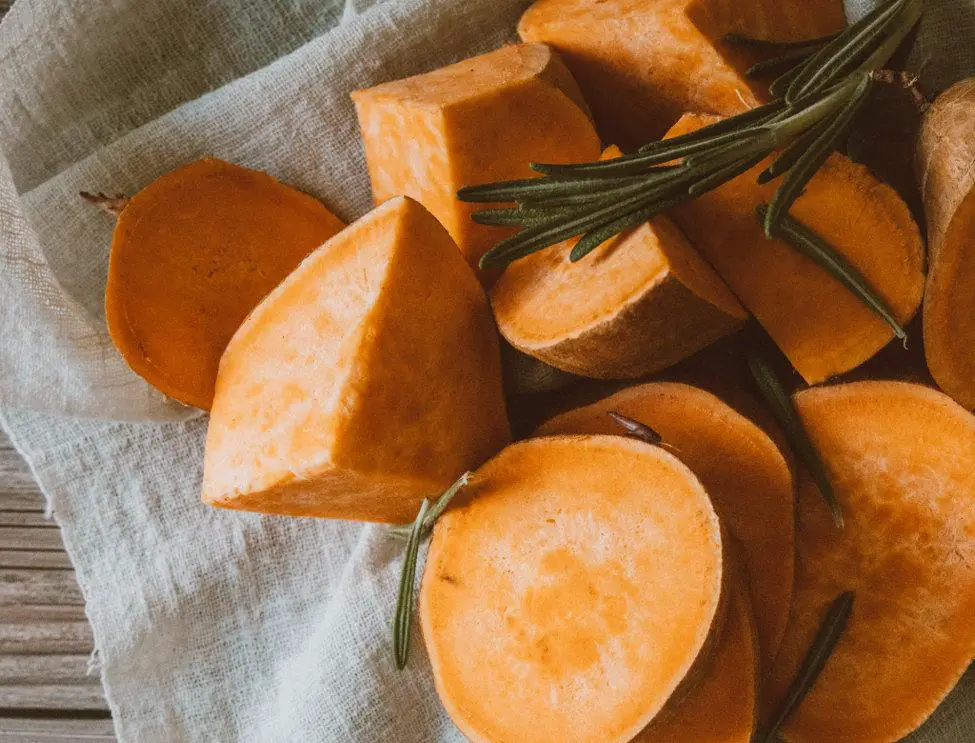Sweet potatoes, with their great taste and impressive nutritional value, are a wonderful addition to your vegetable garden. To maximize your sweet potato harvest while promoting a healthy garden ecosystem, consider the magic of companion planting. In this article, we’ll explore the best companion plants for sweet potatoes in your veggie garden, creating a harmonious and thriving environment for your crop.
Why Companion Planting Matters in Your Vegetable Garden
Companion planting isn’t just about aesthetics; it’s a smart way to promote healthier plants, deter pests, and improve overall garden productivity. By selecting the right companions for your sweet potatoes, you can create a garden where every plant plays a valuable role.
Sweet Potatoes’ Ideal Companions: The Basics
Sweet potatoes have specific needs and growth habits that make certain plants ideal companions:
- Full Sun Lovers: Sweet potatoes thrive in full sun, so companions should also tolerate and benefit from abundant sunlight.
- Well-Drained Soil: Sweet potatoes prefer well-drained, loose soil. Companion plants should not compete for nutrients or water.
- Pest Repellers: Choose companion plants that can help deter pests known to affect sweet potatoes.
The Perfect Plant Partners for Sweet Potatoes
Now, let’s talk about the ideal companions for your sweet potatoes:
- Beans and Peas: Legumes like beans and peas are excellent companions. They add nitrogen to the soil, which sweet potatoes appreciate, and their climbing habit won’t compete for ground space.
- Spinach and Lettuce: These leafy greens make great companions, as they provide shade to the soil and don’t interfere with sweet potato growth.
- Marigolds: Plant marigolds around your sweet potatoes to deter nematodes and other soil-borne pests. Their vibrant flowers also add a pop of color to your garden.
The Beauty of Wildflowers: Function Meets Aesthetics
Consider planting wildflowers near your sweet potatoes for both visual appeal and practical benefits:
- Pollinator Attraction: Wildflowers attract beneficial pollinators like bees, which can help improve sweet potato yields.
- Natural Pest Control: Some wildflowers can deter pests, such as aphids, that may harm your sweet potatoes.
Minty Fresh Protection: Spearmint and Peppermint
Mint plants can offer both flavor and function in your garden:
- Spearmint and Peppermint: Plant these aromatic herbs near your sweet potatoes to deter insect pests while enjoying their culinary uses.
Companion Planting Tips: Guidelines for Success
To make the most of companion planting with your sweet potatoes, consider these tips:
- Proper Spacing: Allow adequate space between your sweet potato plants and companion plants to prevent overcrowding.
- Mulch: Apply mulch around your sweet potatoes to help retain moisture and control weeds. Be sure not to mulch too close to the stem to prevent rot.
- Rotate Crops: Change the location of your sweet potatoes and companion plants each season to prevent soil depletion and pest build-up.
Cultivating sweet and nutritious sweet potatoes in your home garden can be even more rewarding when you harness the power of companion planting. By understanding which plants work best alongside your sweet potatoes, you can foster a thriving garden ecosystem that benefits all your crops. So, gather your sweet potatoes and their plant pals, and watch your garden flourish with flavor, diversity, and protection from pesky pests.
